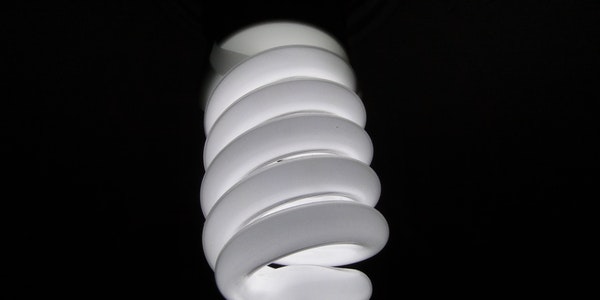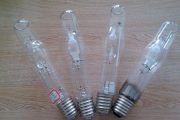Blackening of glass tube
After a long-term ignition, the glass tube will turn black and the light transmittance of the glass tube will decrease, so the luminous flux decreases consequently. Some literatures have shown that the real reason for the blackening of glass tubes is the small droplets of metallic mercury formed in the glass network, Secondly, the formation of sodium amalgam on the surface of the glass tube makes the glass tube black.
Firstly, gaseous mercury atoms and charged mercury ions continuously infiltrate into the glass surface in the discharge environment lnm When the limited network gap is filled, the mercury concentration on the surface of the glass tube reaches saturation, forming a “surface accumulation layer”, “ The amount of mercury in the “surface accumulation layer” is related to the porosity of the glass, that is, the amount of network voids, and the micro inner surface area of the glass tube“ The surface accumulation layer is formed in a short time, and then the mercury ions in the accumulation layer migrate from the accumulation layer to the inside of the glass under the action of the photoelectric field formed by ultraviolet radiation 30~40nm. 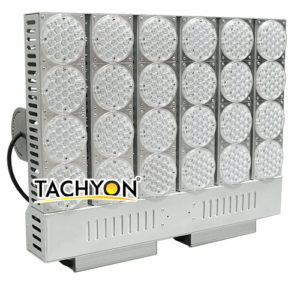
These mercury ions are finally reduced to mercury atoms under the action of photoelectrons, forming metallic mercury droplets that make the glass tube black. The deep “surface accumulation layer” is not enough to blacken the glass tube. Only when the mercury concentration in the accumulation layer is higher than a critical concentration, the glass tube will blacken. Hydrofluoric acid is often used in the usual glass tube cleaning process. The inner surface of the glass tube is corroded to form more voids and greatly increase the inner surface area, thus greatly increasing the amount of mercury absorbed by the “surface accumulation layer”, causing serious blackening and increasing light decay.
Secondly, the long-term ignition point will make the glass tube continuously precipitated sodium and mercury to form black sodium amalgam, and also make the glass tube black. Because the precipitated sodium ions are continuously reduced to sodium by electrons and form amalgam, resulting in the formation of sodium ion concentration gradient in the glass tube, the process continues, and the blackening of the glass tube is more and more serious.
We know that the precipitation of sodium is related to the temperature of the glass tube, and is related to the temperature of the glass tube. The higher the temperature is, the more sodium is precipitated, and the stronger the 185nm UV irradiation.
In fact, we can remove the sodium ions from the exposed tube before powder coating during high-temperature processing by washing the glass tube with hot water and deionized water. However, a large amount of sodium ions produced after powder coating, such as when baking the tube, can not be removed. However, we can block the combination of sodium and mercury by coating a protective film on the inner surface of the glass, and prevent mercury from mixing into the glass tube to form a “surface accumulation layer”.
The protective film used in our experiment is γ- Al2O3 Protective film, translucent film. γ- Al2O3 The surface area is very large, the particle size can be very fine, up to 10-2 μ m The glass tube surface can be evenly coated with a thin film without voids, and high light transmittance can be maintained.
The coating process of γ-Al2O3 is very simple, the same as the coating process of ordinary phosphors, but the thickness and uniformity of the coating need to be obtained through experiments. In order to ensure high light transmission rate and less blackening of the glass tube, we control the weight percentage concentration of γ-Al2O3 at 5% during configuration. After sufficient ball milling, the ball milling time should be no less than 80 hours. In addition, the ball mill is an agate ball or glass ball with a smaller diameter. After the coating night ball milling is sufficient, it can be diluted appropriately, and a small amount of glue can be added to ensure uniform coating, and to ensure that the Al2O3 coating is not washed off when the phosphor is coated twice.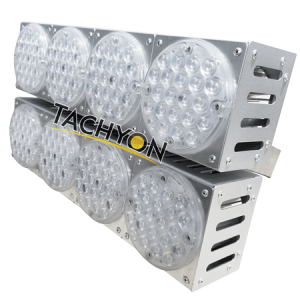
After a long-term test, the blackening of the glass tube produced by the secondary coating technology is obviously lighter than that of the general tube, especially near the filament (sodium precipitation is the most), and there is basically no blackening. Therefore, whether the glass tube near the filament can be successfully blackened is a simple method to test the effectiveness of the protective film. In fact, the blackening of glass tube is a long-term process, and the role of protective film can only be fully reflected through a long-term ignition process. Many manufacturers use short-term light decay to measure the role of protective film in the test, which is difficult to objectively reflect the authenticity of the test. The greatest effect of protective film is in ignition one thousand Hours to three thousand hours, of course, to a certain extent, to prevent the test and promotion, our coating process is still in continuous improvement.
Key technology to overcome light decay of lamps
In view of the main reasons affecting the light decay of compact fluorescent lamps in China, in addition to using ball milling free rare earth phosphors with perfect crystal, complete crystal, smooth and clean surface, no impurity phase and uniform particles, the following technologies are adopted to reduce the light decay of lamps:
New formula of water slurry powder coating process:
For rare earth trichromatic powder, we use non-ionic high molecular polymer poly (ethylene oxide) as a temporary binder for water slurry coating process. The decomposition temperature of the binder is relatively low, and it is easy to be used in the field. When the decomposition temperature reaches 200 ℃, it decomposes from the polymer into monomers, and these monomers volatilize in a gaseous manner. Therefore, the use of PEO as a temporary binder can ensure that the formed glass tube is completely baked at the baking stage, and the glass tube is not deformed, which prevents the formation of black light absorption film on the phosphor layer.
Using protective film technology:
In order to prevent the blackening of the glass tube and the thermal diffusion of sodium ions in the glass to the phosphor layer, a compact fluorescent lamp with high tube wall load (tube inner diameter less than 10 mm, tube inner diameter less than 10 mm) was designed, Current greater than 0.2A), Protective film technology should be used, that is, a protective film should be applied before powder coating. There are two kinds of protective film, one is transparent oxide protective film; The other is transparent alumina protective film. The production practice of relevant enterprises has proved that both kinds of protective films have protective effect.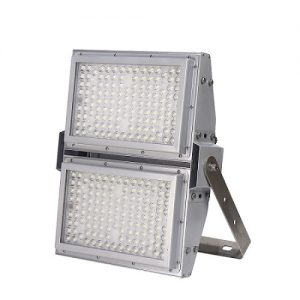
Optimization of baking tube, cathode coating and exhaust process:
After using PEO as binder, the baking process specification of powder tube should be formulated according to the thermal decomposition characteristics of PEO, so as to obtain the best powder layer without binder.
In order to obtain the cathode with long life, the consistency of the spiral cold resistance of tungsten wire should be paid attention to in addition to the quality of the electron emission material itself, The amount of electron storage powder and its consistency. The cathode power on process should be reasonable and should be matched with the pumping rate of vacuum system to facilitate the formation of barium tungstate interlayer.
When exhausting, the baking temperature should be high, the time should be sufficient, and the purity of oxygen should be high, so as to ensure the lowest impurity gas pressure in the lamp tube, and obtain good cathode life and light decay characteristics.
Controlling light decay is not just a material, or a process that can be completely solved by a new technology. The generation of light decay runs through almost all links of the lamp manufacturing process. From the structural design of the lamp, the selection of raw materials, the formulation of technology, the application of new technology and the matching of ballasts, it is indispensable. It can be said that a good lamp is the crystallization of all links of lamp manufacturing.

